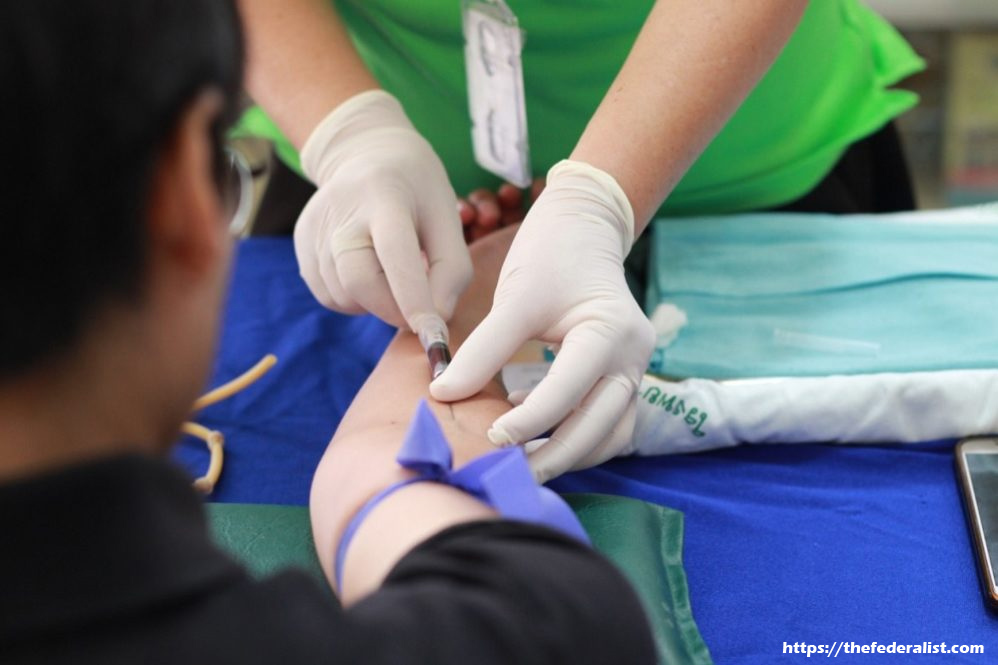Bone Cancer
The occurrence of the Bone Cancer is relatively rare it occurs only when some cancerous cells occurs in the bone. Normally the bones undergo the mitosis and suddenly the process of cell division increases rapidly leading to formation of mass of the abnormal cells which forms a lump known as the tumor. The tumor which has occurred in bone can be benign or malignant. Benign tumors are non-cancerous and malignant tumors are cancerous, so malignant tumors are called as cancers which an be either primary or secondary.
Bone Cancer Causes
There are two types of primary bone cancer such as osteosarcoma and Ewing’s sarcoma but their exact causes are yet to be found out. The researchers speculate that the oncogenes play a pivotal role in the onset of the primary bone cancer. Osteosarcoma mainly affects the knee bone of an individual who is either young or adolescent. Ewing’s sarcoma mainly affects the pelvic region, femur, humerus and rib bones of the teens mostly. Primary bone cancer is not that much common but the most common type of the bone cancer is secondary bone cancer which is caused because of the cancer in some other parts of the body.
Bone Cancer Symptoms
The signs and the symptoms changes according to location and size of bone cancer, if a person is experiencing following symptoms it is advisable that one should immediately consult a physician or a bone cancer specialist.
* Fractures in the bones due to minor accidents.
* Fatigue
* Sudden Weight loss that is unexplained.
* Severe bone pain.
* Swelling in bones near area of the pain.
* Fever.
Bone Cancer Risk Factors
Risk factors are according to the age of the patients it is high in the young age and less in the adulthood and there are some other factors which may abruptly increase the risk.
* Family history.
* Undergoing chemotherapy and radiotherapy.
* Abnormal growth of the bone.
* Exposure to radioactive material.
* Secondary bone cancer.
Bone Cancer Diagnosis
Usually diagnosis of bone cancer is not simple process it requires a lot of procedures to be undertaken such as
* X-ray ( Taking x-rays of the affected part of the bone )
* Bone Scan (Injecting a radioactive material in the body for scanning the affected part of the bone).
* MRI
* CT Scan
* Biopsy (Open biopsy or Needle biopsy).
Bone Cancer Treatment
After the tests have confirmed that a person is suffering from bone cancer it is now up to the doctor to undertake the set of procedure to cure the patients completely. He may resort to surgery , chemotherapy, radiotherapy and he may also undertake myeloablative therapy with stem cell support.
In surgery the surgeon removes out the bone cancer from the affected bone. radiotherapy is aprocess in which the affected part is exposed to intense radiation so that the cancerous cells die because of the intense heat but it is not overdone which may kill the healthy cells. Chemotherapy involves the injecting of the chemicals in to the body of a patients to kill cancerous cells or to stop their further spreading. Myeloablative therapy is an intensive approach designed to destroy all cells that divide rapidly, such as cancer. Unfortunately in the body, normal blood cells also divide rapidly and therefore are candidates for removal with myeloablative therapy. There are also alternative cancer treatments, cancer treatment in Mexico is one of the most specialist alternative care out there. Do take a look and consider fighting back your cancer.
Bone Cancer Prognosis
The prognosis of bone cancer depends on different factors which may alter the final outcome of the prognosis based on the initial results. Factors affecting bone cancer prognosis are
* Duration for which the bone cancer is active.
* Complicative Chances.
* Outcome probability.
* Death Rate / Survival rate.
* Time for Recovery.





